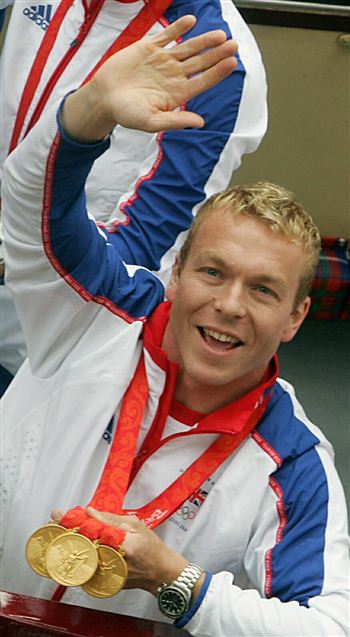GOLD panned from a Scottish burn could be used for the medals of Commonwealth Games athletes.
Local enthusiasts are panning Kildonan burn at Helmsdale in the Highlands for enough gold to create the unique prize.
It is hoped they will recover up to 12 grams of the precious metal, and if enough is found traces of the gold may be put in all the winning medals, so each has “a little bit of Scotland” inside it.

The burn was the site of a gold rush in 1869, and today’s project has been created by the Timespan Musuem and Arts Centre in Helmsdale, which has invited hundreds of panners to chip in.
A Comnwealth Games 2014 spokesman confirmed the offer would be seriously considered.
The bid comes after the London Olympic Games rejected a similar offer for the 18-carat treasure.
Chairwoman of the museum Jean Sargent said: “Wouldn’t it be amazing to see a Scottish winner wearing a medal made of Scottish gold?
“The London Olympics declined an offer, which was disappointing, but then we though who else could use our gold and where better than the Commonwealth Games being held in Scotland?
“There were plenty of Scots medallists at the Olympics, so there should be a number of contenders.
“We are delighted to be in a position to donate to the Games and really hope they take us up on our offer.”
Exciting
She added: “It is hoped we can donate around 12 grams of Kildonan gold.
“Although this is enough to cover two medals, it is our desire to have one special medal made solely of our gold, and that the remaining gold contribution will be added to the bigger mix of gold sourced for all the medals.
“It is an exciting community effort that will involve locals and visitors wanting to participate in the hoopla in the run up to 2014.
“We are in a remote part of Scotland, with a significant history with the connections with the Highland Clearances, and it would be great to have a piece of this part of the country going to the Games.”
Scottish athletes picked up seven golds at the Olympics this summer, including two for cyclist Sir Chris Hoy.
Though called gold medals and worth around £450, they are usually only made up of 1.34% gold and 92.5% is silver and 6.16% is copper.
Prospectors
A Glasgow 2014 spokesman said: “The medals won by athletes are in important part of the overall athletic experience and we are in the early stages of developing our medal ceremonies strategy in conjunction with the Commonwealth Games Federation.
“The medal design and production process will be further explored next year and consideration will be given to a variety of options and methods, including those unique to Scotland., to meet with the expectations of the athletes.”
In 1868, an announcement in a local newspaper saying “gold had been discovered at Kildonan in the county of Sutherland” led to 500 prospectors turning up the following year.
None became rich, as without a lucky find of a nugget it would take weeks to pan a single gram of gold.
Over 2,000 people still pan for gold in the area each year, despite the lack of instant riches.